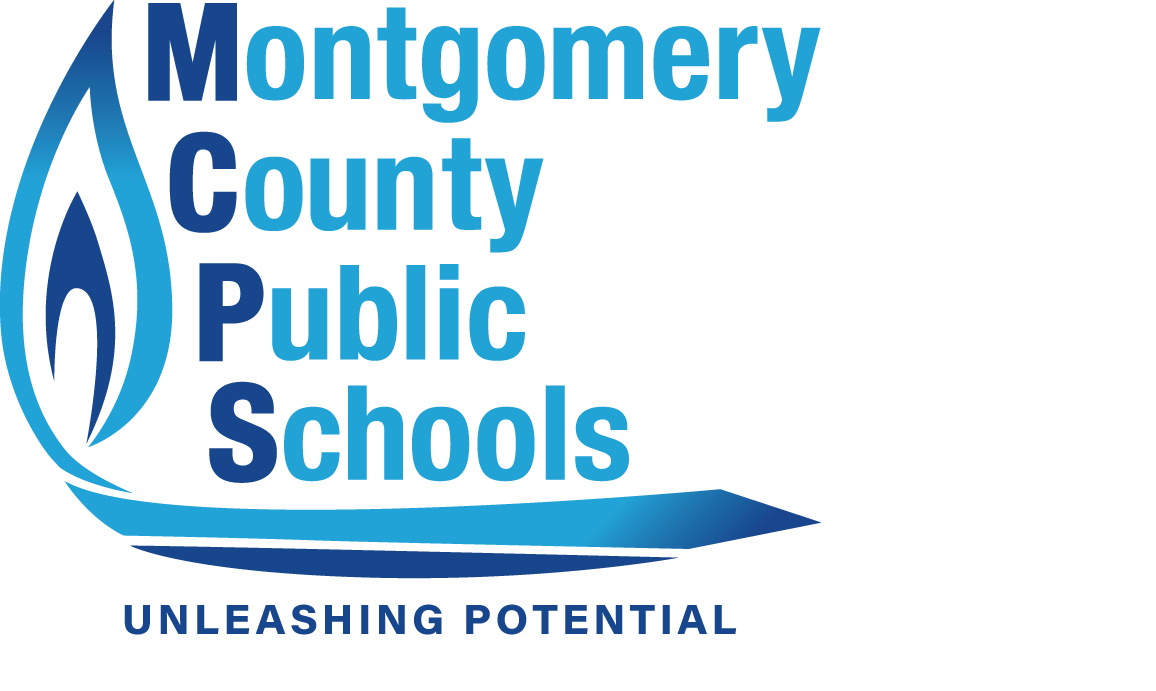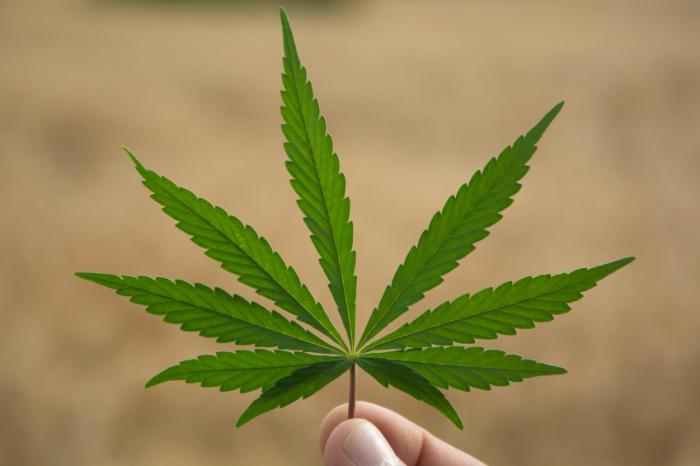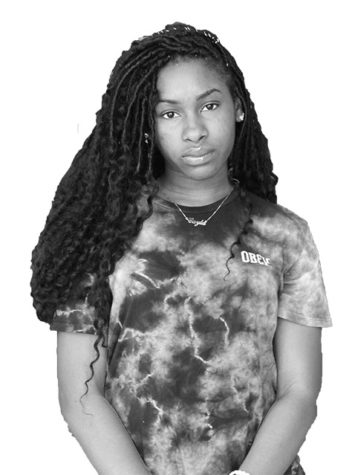Maryland’s Slow Roll on Medical Marijuana
Legislators Approved Medical Use in 2014, but Implementation Has Been Slow
April 4, 2017
Things got a whole lot hazier in parts of the U.S. on November 8, 2016 when voters went to the polls and voted “yes” on a variety of bills and ballot measures aimed at reducing the stigma of marijuana both medically and recreationally.
According to Washington Post writer Christopher Ingraham, “voters in California, Massachusetts and Nevada approved recreational marijuana initiatives Tuesday [November 8, 2016] night, and several other states passed medical marijuana provisions, in what is turning out to be the biggest electoral victory for marijuana reform since 2012, when Colorado and Washington first approved the drug’s recreational use.”
Since the aforementioned reforms went into place in 2012, states around the country have grappled with just how to classify marijuana. Is it a type of medicine, a recreational drug that should be regulated and taxed like alcohol, or is it a gateway drug that should be banned and its users prosecuted to the fullest extent of the law? The debate has become heightened across the nation as states work to determine just how they will regulate the medical or recreational industry.
A closer look at the statistics regarding marijuana regulation reveals that states that legalize medical marijuana have tended to – over time – come to legalize recreational marijuana as well. According to Time Magazine writer Katy Steinmetz, over the last twenty years, twenty-eight states have voted to make medical marijuana available to residents, and eight of those states –Washington, California, Oregon, Nevada, Colorado, Maine, Massachusetts and Alaska – later voted to legalize recreational use and possession of small quantities of the drug.
Locally, Maryland lawmakers officially approved legalization of medical marijuana in April, 2014 when House Bill 881 passed in the House of Representatives by a vote of 125-11 and in the state Senate 44-2. Governor Martin O’Malley signed the bill into law on April 14, 2014.
However, Maryland has not made much progress over the last two and a half years. In fact, of the states that have legalized medical marijuana, Maryland has experienced one of the slowest rollouts of any comparable state. The most recent step forward in Maryland’s rollout was in August 2016 when the Maryland Medical Cannabis Commission (MMCC) announced which businesses they had granted preliminary licenses to grow and process medical marijuana.
According to the Maryland Medical Marijuana Commission website, in order to be afforded legal protection of the Maryland Medical Marijuana law, qualified medical marijuana patients must register with the state patient registry and possess a valid identification card by submitting a marijuana card application to the Maryland Natalie M. LaPrade Medical Marijuana Commission.
The Commission is not currently accepting patient registrations, but expects to begin the process sometime “…in the first quarter of 2017.”
Support for marijuana legalization – both for medical and recreational use – has increased significantly as people across the nation have learned more about just how it can be used and regulated. The fact that it has been proven to help relieve symptoms of some serious medical conditions including multiple sclerosis, nausea from cancer chemotherapy, poor appetite and weight loss caused by chronic illness such as HIV or nerve pain, seizure disorders, and Crohn’s Disease has been largely responsible for the trend.
As for legalizing marijuana for recreational use, only two states – Colorado and Washington – fully offer it for recreational use. The two states, which both put 2012 policy plans fully in place in 2014, license dispensaries that sell marijuana for recreational use to people over 21 years of age.
One of the primary benefits for the state, reports Time Magazine’s Tanya Basu, is the tax money that states take in from marijuana sales. Basu reports that “Colorado collected almost $70 million in marijuana taxes during that time [the fiscal year 2014-15], nearly double the $42 million collected from alcohol taxes.”
Six other states – Alaska, California, Maine, Massachusetts, Nevada, Oregon – and the District of Columbia have approved recreational use of marijuana and most plan to begin the sales process by the end of 2018.
The response at PB about Maryland’s plan to allow the sale of medical marijuana is quite positive as people understand the medical role it can play. Social Studies teacher Mr. Schrumm agrees that medical marijuana is helpful for many illnesses such as cancer patients and “is proven to stop stress and help ease the minds of people who come back from war.”
Junior Zoe Gobourne understands the healing ability of marijuana. “I think that marijuana has its healing abilities if used in the right way,” says Gobourne. “If it’s prescribed by a doctor, and if it’s taken the way it’s supposed to be taken, it’ll help more than it does harm.”
The possibility that medical marijuana may lead to legalization for recreational use seems like a logical progression says Kaleb Addison. “People are already smoking marijuana recreationally and it is no worse than alcohol.”














































